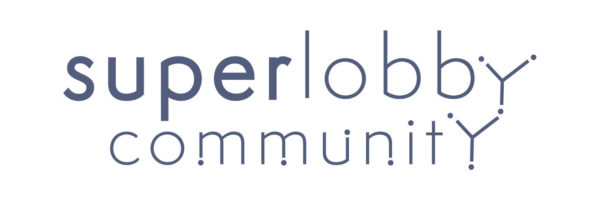
The relationship between art and politics is a very long one. Ever since politics has existed, art has tried to either make sense of it all, document events or become an active player in the political arena. Yet, when it comes to Public Affairs and lobbying, you rarely see lobbyists actively using art in their advocacy and outreach. And that’s a pity. I was speaking in Zurich at the Creative Economies Forum 2022 (If you can go there next year!). And while I was supposedly the expert, I was much more the student. I encountered many people in the Creative Industries and felt lobbyists can learn and tap into the creative sector much more than we do now.
Propaganda
In its most flagrant form, art and advocacy have merged into propaganda. The term itself was coined by Edward Bernays, a nephew of Sigmund Freud, and was meant to encompass much more than the political posters we are so accustomed to. Most vivid are those used in war times such as the posters from WWI and WWII. These posters were often used to enlist people in the army, have people buy government bonds or simply ridicule the enemy. For all its memorable aesthetics, we could have a debate about whether propaganda is art in the first place. I think it is, but only in retrospect, as a reflection on historical styles and (political) messaging.
Political artists
Activist artists are neither new or unique. We have seen many artists meddle in the political arena. One of the most acclaimed artists to enter the political arena is Banksy, known for combining humor and wit with his unique technique to create artworks that respond to current political issues. Even recently he visited Ukraine where his work offers a glimps of hope to war-torn urban areas. Some of his most famous pieces are “Stop and Search”, “Girl with Balloon” and “Bomb Hugger”, however, my personal favour still is the deeply activistic Love is in the Air. But political art didn’t start with Banksy, sixty years ago Normal Rockwell painted the powerful “The Problem we all live with”.
[Like this blog? Sign up for my newsletter to get similar context every week!]
From Activism to Policy
Most examples above are used for more activistic purposes, while most of us have (boring) policy-lobbying to do. Can art still be used then for a more policy-orientated lobby? I think it can. In 2012 while lobbying for the flax industry, we teamed up with Christien Meinderstma, who had an exposition on the use of Flax in the Museum of Zeeland. More recently, public transport company GVB hired an in-house spoken word artist. While surely not only for advocacy purposes, the video has been used at meetings with MPs. Another great example is theatre-makers offering haircuts during plays to raise discrepancies between different types of Corona-support in the Netherlands.
So while I think we are at the beginning stages, the use of art for advocacy is taking shape and I am going to experiment with it in 2023 and beyond.

